John Bulmer was in his second year of an engineering degree at Cambridge University in the late 1950s when a recently graduated friend tipped him off about the night climbers, a secretive group of students who spent their nights scaling the tops of the college buildings. Though he wasn’t keen on heights, as a photographer who had already started to sell pictures to the national press, the opportunity was too good to pass up. So he started tracking their movements, enlisting a helper to fire off an old-fashioned flashbulb as he worked. “I wanted to photograph them in their environment, so quite often I used wide angle lenses and open flashes, because you can’t climbup a building with a tripod,” he explains.
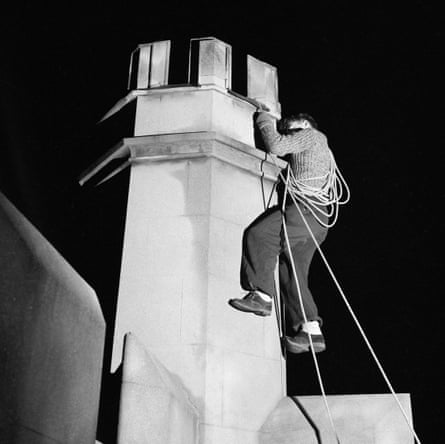
There was a good reason for the secretiveness. Night climbing had been a thing in Cambridge for many decades – a pseudonymous book about it, now a collector’s item, was published in the 1930s – and punishment for anyone caught on the rooftops was instant expulsion. On one occasion, Bulmer and his helper narrowly escaped an encounter with some college staff by hiding behind a pillar: “We heard one saying to another: ‘That’s odd. Looks like lightning up there.’” On another, in his hurry to escape capture, he impaled himself on some ferocious spikes, leaving a permanent scar.
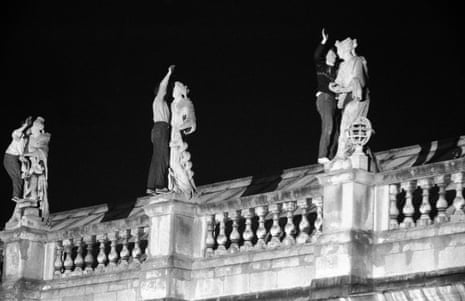
Eventually his luck ran out and he was caught by police as he attempted to photograph one of the night climbers’ most infamous stunts – the “Senate House leap”, which involved a hair-raising seven-foot jump from (or to) Gonville and Caius College. Thanks to a mix-up of names when the police reported him to the university authorities he appeared to have got away with it. But shortly afterwards – with just six weeks to go to his final exams – he was sent down, Oxbridge jargon for chucked out. “They said it was because they didn’t think I’d pass my finals, and I probably wouldn’t have, because I’d spent all my time taking photographs, but it was a bit of a coincidence,” he says. He shrugged it off, reasoning that he had never wanted to study engineering anyway, but had agreed to it to please his parents. Within weeks, he had sold the pictures to Sports Illustrated, and landed himself a job at the Express. One photograph, of a climber on the window of King’s College Chapel, was printed anonymously on the front page of the Sunday Times – “that caused a lot of upset,” he says.
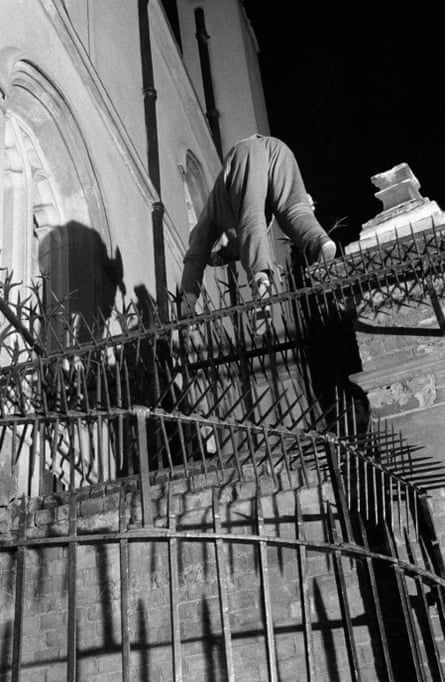
Bulmer, who is now 85, lives with his wife, the sculptor Angela Conner, in a rambling medieval courthouse in Herefordshire, which he bought for £5,000 in 1965 with the proceeds from a particularly lucrative commission. But he wasn’t in it for the money. In his early days, he photographed several wars – capturing the danger of the war photographer’s life in a celebrated picture of the Observer’s Don McCullin fleeing a shelling in Cyprus with an elderly woman in his arms. “But I fairly soon realised I wasn’t brave like Don,” he says. From then on his pictures were mostly of people and landscape. He became a pioneer of colour photo-reportage for the Sunday Times, then moved into directing and shooting documentaries, after concluding that the demands of satisfying advertisers were compromising the tradition of gritty photojournalism.
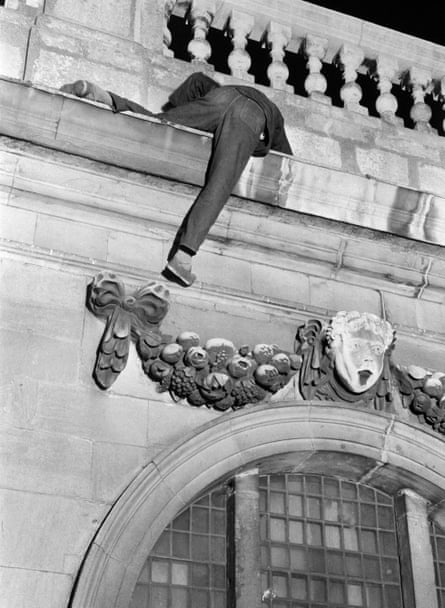
The pictures for which he became best known are those of an industrial north – Manchester, Nelson, Hartlepool – that seemed light years from the swinging 60s going on in London. “No one had ever really photographed them in colour before,” he recalls, though he continued to alternate it with black and white. The hazy, furtive atmosphere of his early Night Climbers pictures became part of his signature style, partly for pragmatic reasons. When working in colour, particularly, he would often wait for a foggy day, because it helped to isolate the image from the surrounding clutter, he says. “I like to feel that I didn’t have a style. My speciality was to catch the essence of a place.”
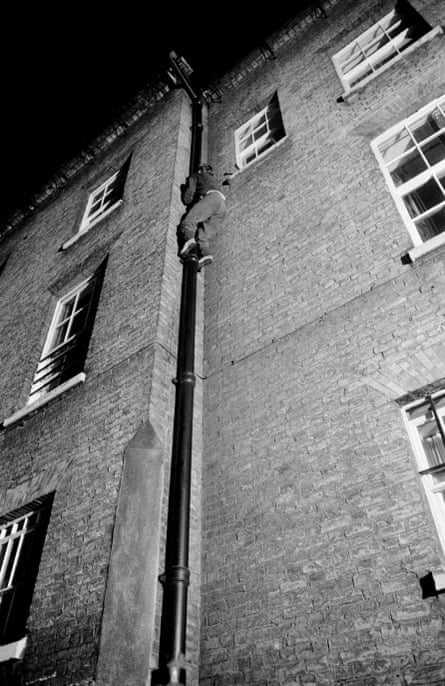
He doesn’t take photographs now, but spends his time cataloguing and curating his huge collection and selling the odd print, when he is not out pursuing his other passion, carriage-driving. After working around the world, he has few regrets. “I went to New Guinea in 1963 and I wish I’d taken more time, but I didn’t, because I had no idea back then how much the world would change,” he says. Above all, he is sorry that the flash failed to go off on that final Night Climbers shoot, so he never did capture the Senate House leap.









